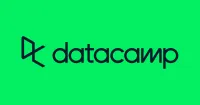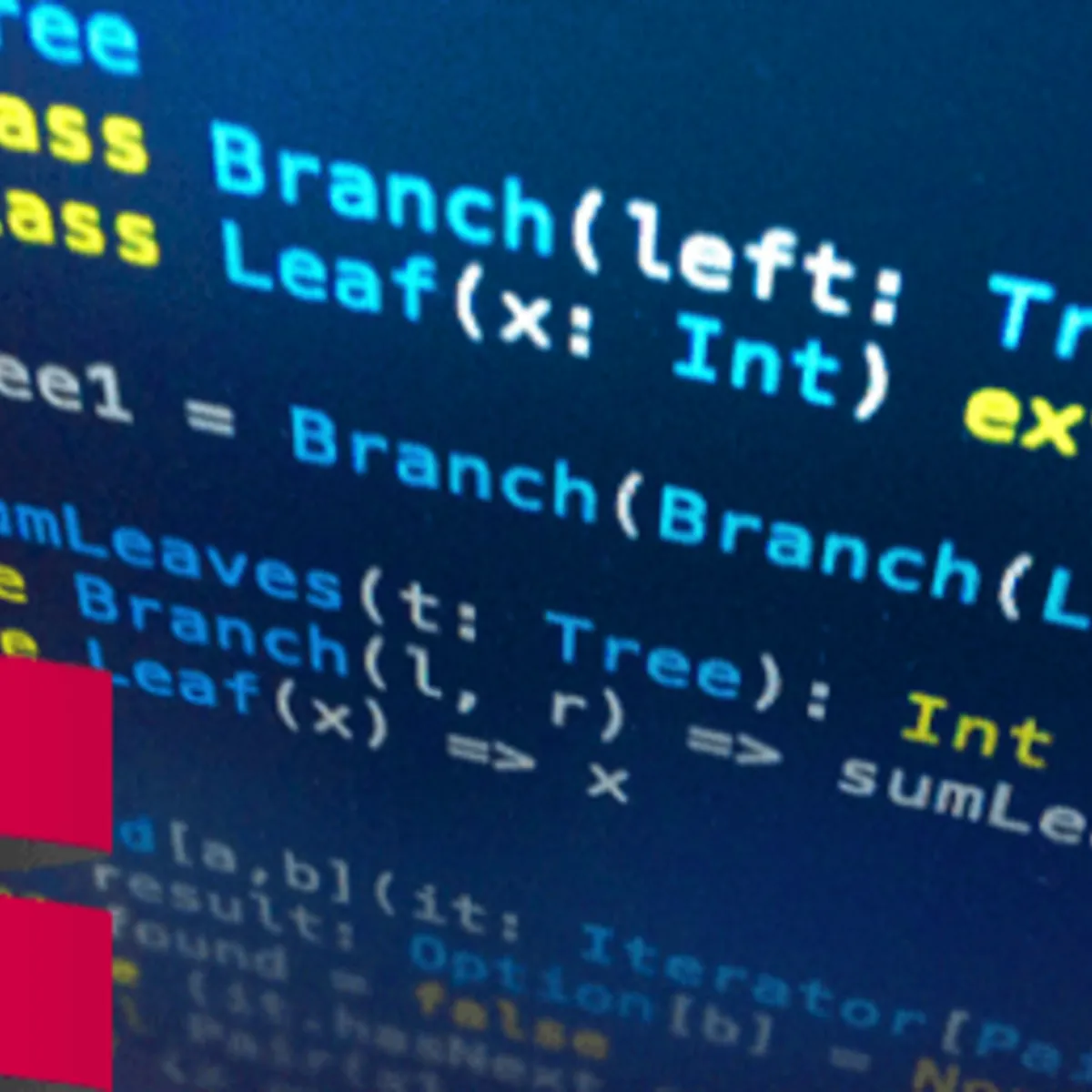
Cluster Analysis in Python 
Clustering is a popular unsupervised learning algorithm used to group data points into clusters. In this article, we will explore two common clustering techniques: hierarchical clustering and k-means clustering. We will also introduce a new clustering algorithm, k-means clustering, and its SciPy implementation. Finally, we will discuss the process of determining dominant colours in an image before moving on to the problem discussed in the introduction - news article clustering. ▼
ADVERTISEMENT
Course Feature
![]() Cost:
Cost:
Free Trial
![]() Provider:
Provider:
Datacamp
![]() Certificate:
Certificate:
No Information
![]() Language:
Language:
English
Course Overview
❗The content presented here is sourced directly from Datacamp platform. For comprehensive course details, including enrollment information, simply click on the 'Go to class' link on our website.
Updated in [June 30th, 2023]
This course introduces participants to clustering, one of the popular unsupervised learning algorithms. It covers two common clustering techniques: hierarchical clustering and k-means clustering. It also introduces a new clustering algorithm, k-means clustering, and its SciPy implementation. Participants will learn how to determine dominant colours in an image before moving on to the problem discussed in the introduction - news article clustering. By the end of the course, participants will have a better understanding of clustering and its applications.
[Applications]
After completing this course, students should be able to apply the concepts of cluster analysis in Python to a variety of real-world problems. For example, they can use the k-means clustering algorithm to identify dominant colours in an image, or use hierarchical clustering to group news articles into clusters. Additionally, students can use unsupervised learning algorithms to identify patterns in data and make predictions.
[Career Paths]
[Recommended Career Path]Data Scientist
Data Scientists are responsible for analyzing large amounts of data and using it to make informed decisions. They use a variety of techniques, including clustering, to identify patterns and trends in data. As a Data Scientist, you would be expected to use clustering algorithms such as k-means clustering to identify clusters of data points and then use those clusters to make predictions or draw conclusions. You would also be expected to develop and implement new clustering algorithms as needed.
The demand for Data Scientists is growing rapidly, as businesses increasingly rely on data-driven decisions. As a Data Scientist, you would be expected to stay up-to-date with the latest trends in data science and machine learning, and be able to apply them to real-world problems. You would also need to be able to communicate your findings to stakeholders in a clear and concise manner.
The development trend for Data Scientists is to become more specialized in their field. As the amount of data available to businesses continues to grow, Data Scientists will need to become more knowledgeable in specific areas, such as natural language processing, computer vision, or deep learning. Additionally, Data Scientists will need to become more proficient in using the latest tools and technologies, such as Python, R, and Spark.
[Education Paths]
The recommended educational path for learners of Cluster Analysis in Python is to pursue a degree in Data Science. Data Science is a field of study that combines mathematics, statistics, computer science, and domain knowledge to extract insights from data. It involves the use of algorithms and techniques to analyze large datasets and uncover patterns and trends.
Data Science degrees typically include courses in mathematics, statistics, computer science, and domain knowledge. Students will learn about data mining, machine learning, data visualization, and other related topics. They will also learn how to use programming languages such as Python, R, and SQL to analyze data.
In addition to the core courses, students may also take electives in topics such as natural language processing, deep learning, and artificial intelligence. These courses will help students gain a deeper understanding of the algorithms and techniques used in data science.
The development trend of Data Science degrees is towards more specialized courses and more emphasis on practical applications. As data science becomes more widely used in industry, employers are looking for graduates with a deep understanding of the field and the ability to apply their knowledge to real-world problems. As a result, universities are offering more specialized courses and providing students with more opportunities to gain hands-on experience.
Course Syllabus
Introduction to Clustering
Hierarchical Clustering
K-Means Clustering
Clustering in Real World
Course Provider

Provider Datacamp's Stats at AZClass
Discussion and Reviews
0.0 (Based on 0 reviews)
Explore Similar Online Courses

Create Tasks and Lists with ClickUp

Basic Behavioral Neurology

RDBMS PostgreSQL

Intro To PostgreSQL Databases With PgAdmin For Beginners

PostgreSQL: Client Applications

Mastering SQL using Postgresql

Database Design and Basic SQL in PostgreSQL

PostgreSQL: Advanced Queries

Spatial SQL with Postgres : A language for geographers

Learn SQL Using PostgreSQL: From Zero to Hero

PostgreSQL Essential Training


Start your review of Cluster Analysis in Python